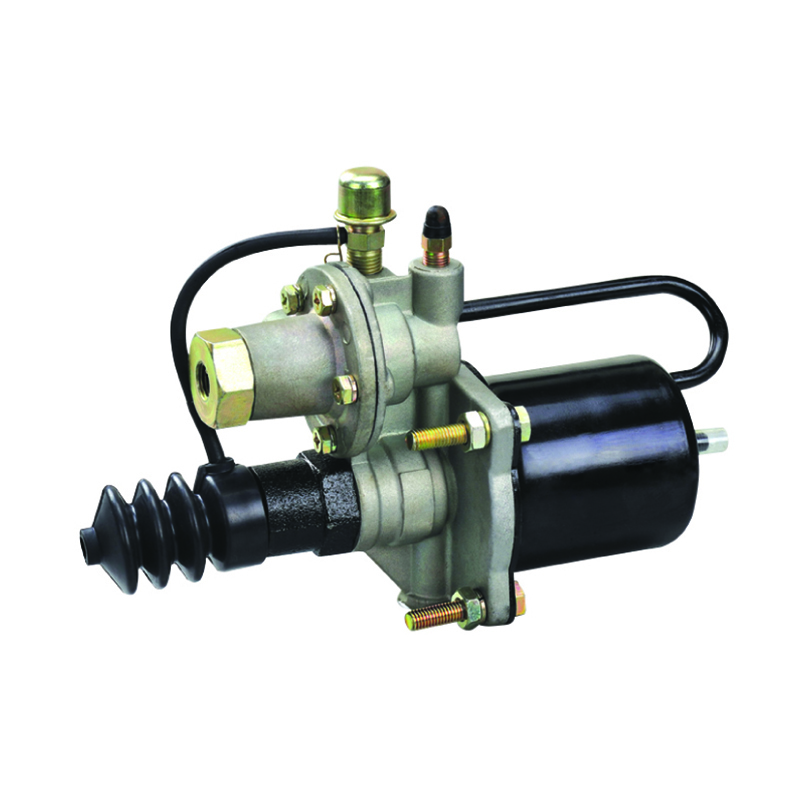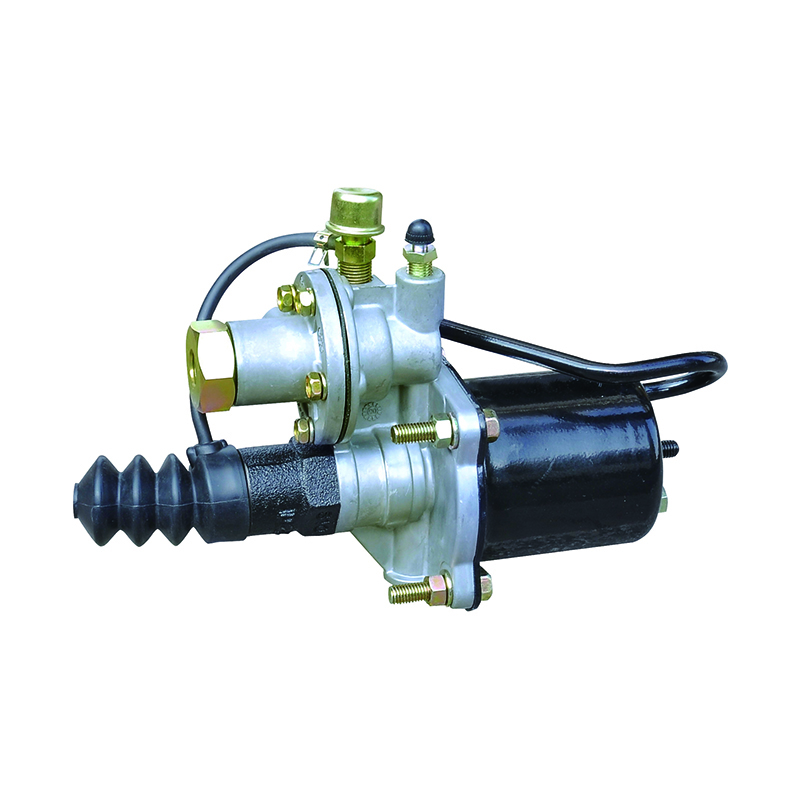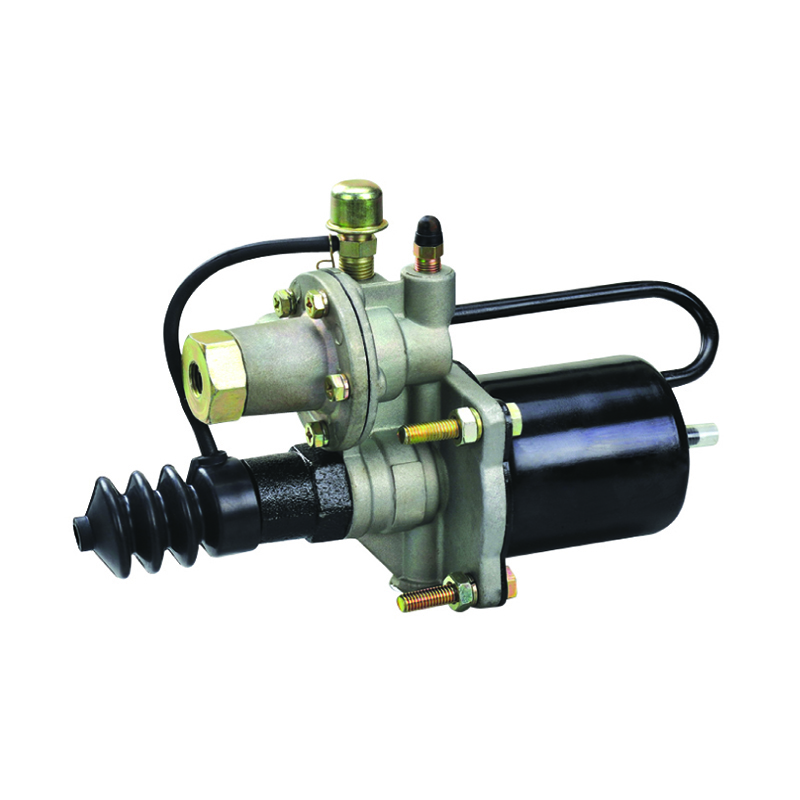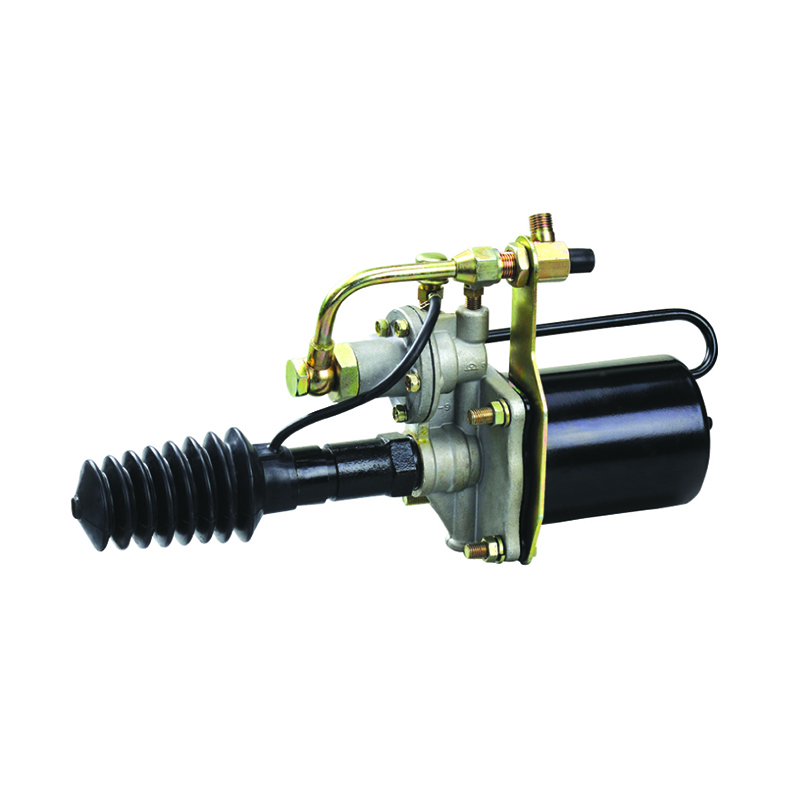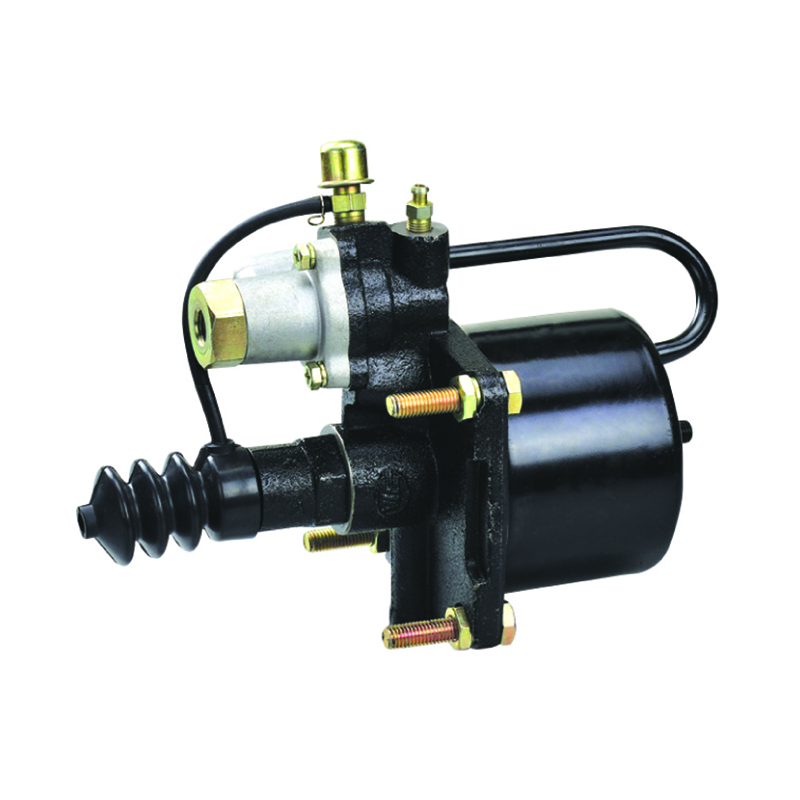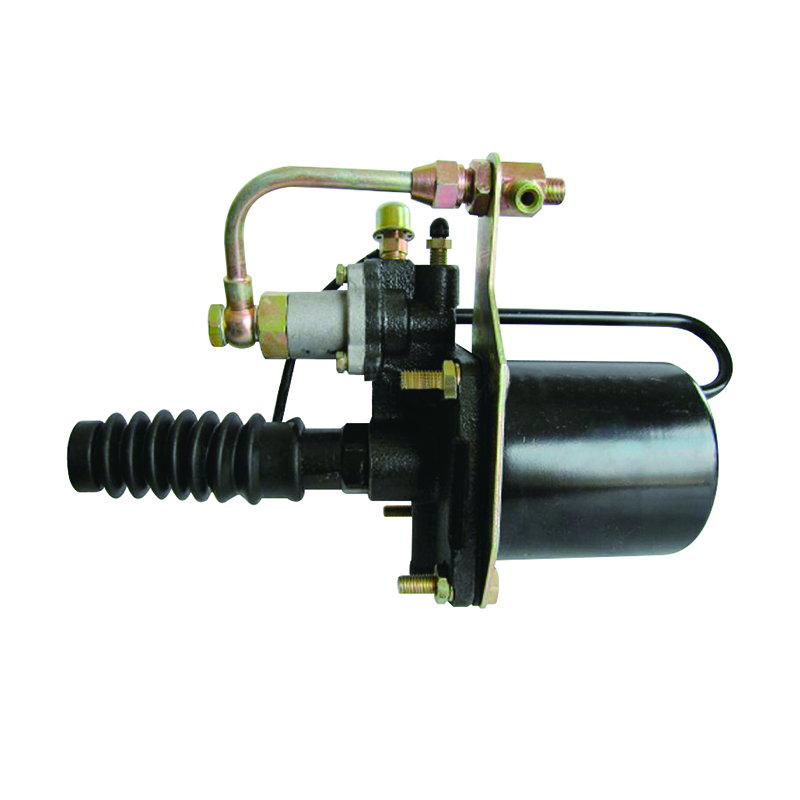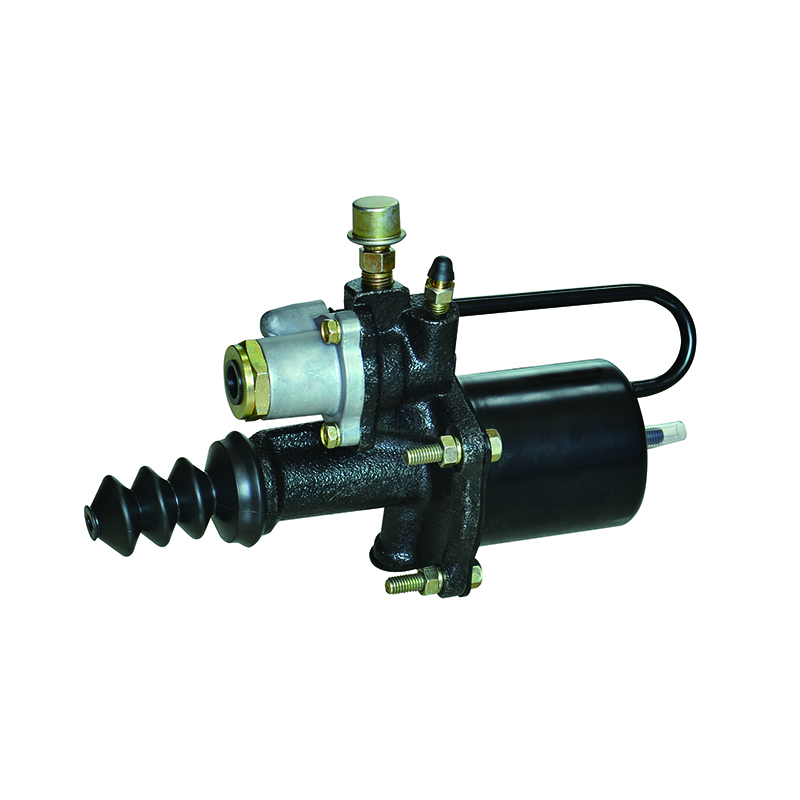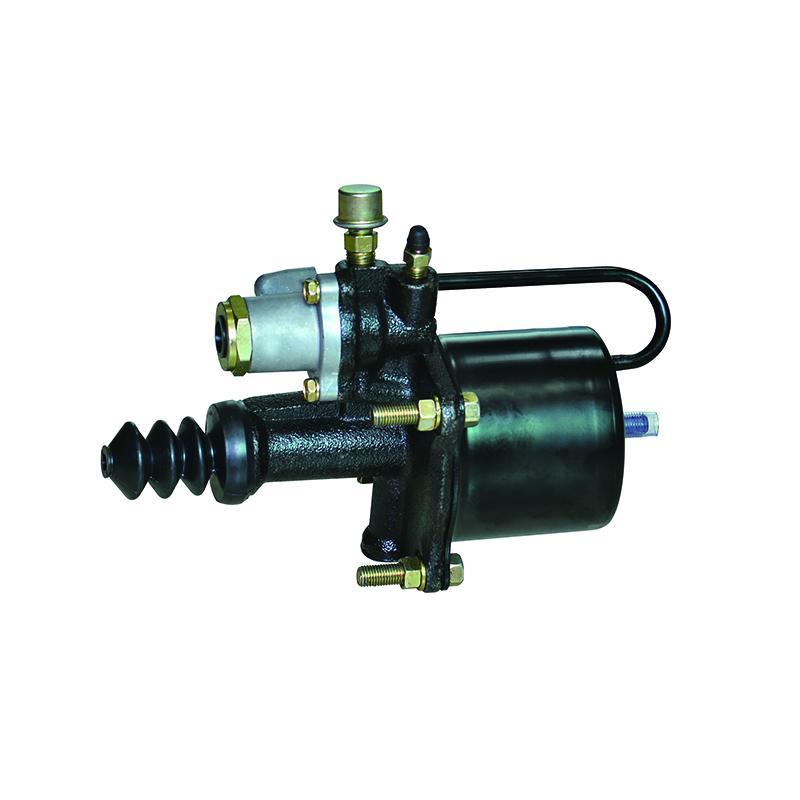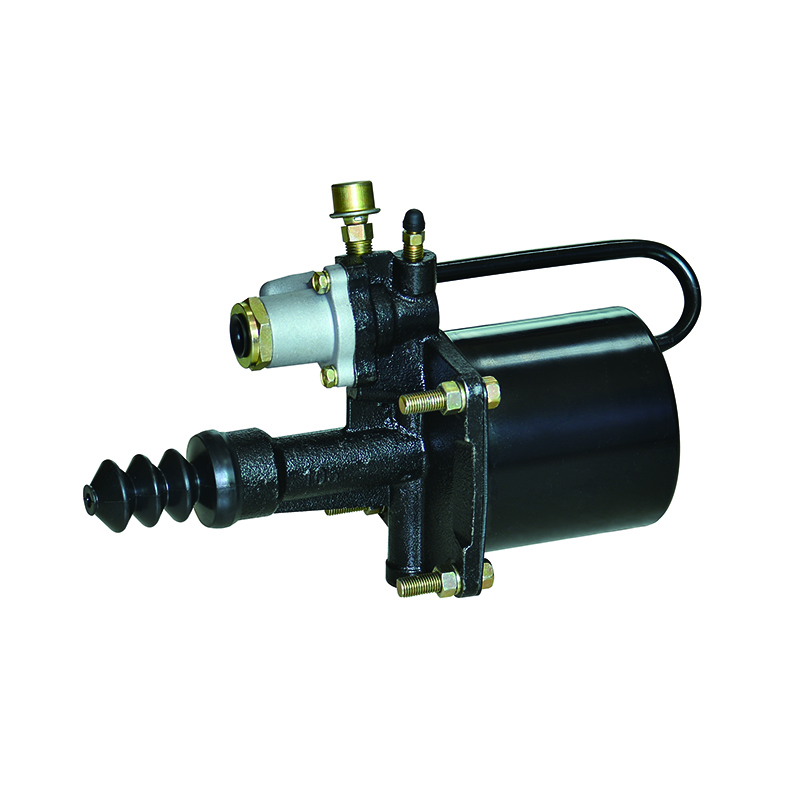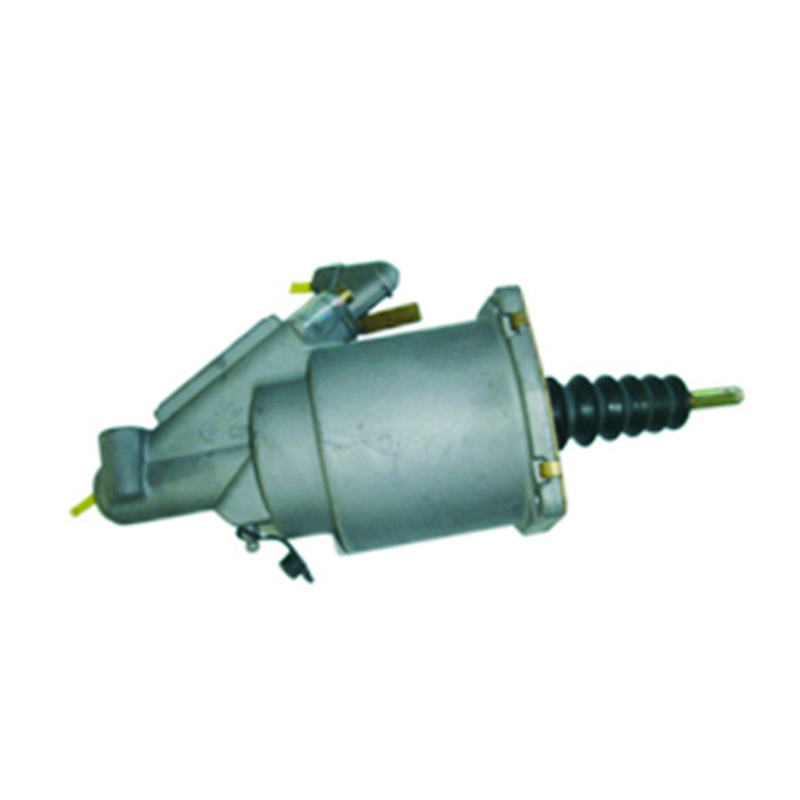For exclusive deals and latest offers, signup by entering your email address below.
Exploring the Key Components: A Deep Dive into Air Coils Assembly
Air Coils Assembly, commonly referred to as air core coils or solenoids, play a pivotal role in electronic and electrical systems. These coils consist of a wire meticulously wound around a non-magnetic core, typically crafted from materials such as plastic or ceramic. Their significance spans across a wide array of applications, including inductors, transformers, radio frequency (RF) circuits, and antennas. In this comprehensive exploration, we will delve into the essential components and characteristics that define air coil assemblies.
At the core of an air coil assembly lies the coil winding. This component comprises a wire, commonly composed of copper or aluminum, that is intricately wound around the non-magnetic core. The number of turns and the wire gauge are pivotal determinants of the coil's inductance and electrical properties. Precision in the coil winding process is imperative to ensure uniformity, guaranteeing consistent performance throughout the coil's operation.
Despite their name, air coils seldom utilize a pure air core. Instead, they employ non-magnetic cores crafted from materials such as plastic, ceramic, or phenolic. These cores provide structural support to the coil, preventing it from collapsing or deforming. The choice of core material can significantly influence the coil's inductance, quality factor (Q factor), and self-resonant frequency.
Inductance is one of the primary functions of air coils. It quantified in henrys (H) and denotes the coil's ability to store energy within a magnetic field when an electric current flows through it. Altering the number of turns or the physical dimensions of the coil can be used to adjust its inductance.
Efficiency is a critical parameter for any electrical component, and the Q factor, or quality factor, is the metric used to assess the efficiency of an air coil assembly. It represents the ratio of energy stored in the coil's magnetic field to energy dissipated as heat due to the coil's resistance. A higher Q factor indicates a more efficient coil. Air coils are often preferred for their ability to exhibit higher Q factors compared to coils with magnetic cores.
Every air coil has a self-resonant frequency at which the interplay between its inductance and parasitic capacitance creates a resonance point. Beyond this frequency, the coil's behavior shifts, sometimes resembling that of a capacitor. Engineers must consider the SRF during the design phase to ensure that the coil operates within its intended frequency range.
The selection of wire gauge (thickness) and material profoundly impacts the coil's resistance, current-carrying capacity, and power dissipation. Thicker wires exhibit lower resistance but may limit the number of turns, influencing inductance. Copper, prized for its exceptional conductivity, is a prevalent choice in air coil manufacturing.
Air coils typically feature two wire leads for electrical connections. Proper termination methods are critical to establishing reliable connections within the circuit. Common techniques include soldering, wire bonding, or attaching connectors, each chosen based on the specific application requirements.
Air coils find their utility in diverse applications, encompassing RF circuitry for tuning and matching, impedance adjustment in antennas, high-frequency filtering, and the role of inductors in power supplies. Each application may impose unique demands concerning inductance, Q factor, and other critical parameters.
Manufacturing air coils demands precision. Automated machinery is often employed for the precise winding of wire around the core. Quality control measures are essential to maintain consistency in inductance and electrical performance across a batch of coils.
One of the strengths of air coil assemblies lies in their adaptability. Design engineers can tailor these coils to meet precise specifications by adjusting parameters such as the number of turns, wire gauge, and core material. This customization capability ensures that air coils can be finely tuned to suit the requirements of diverse applications.

 English
English 中文简体
中文简体
